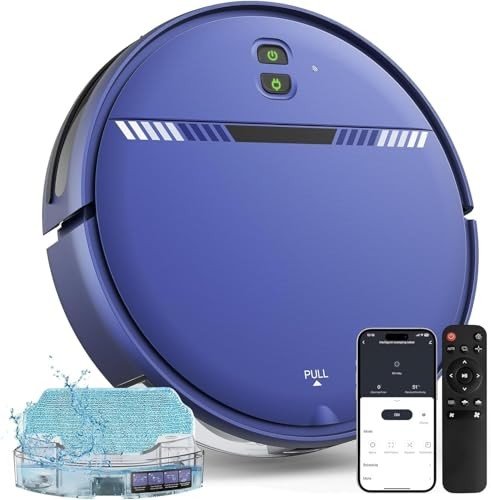In the last few years, technological developments have actually significantly transformed the landscape of home cleaning. Amongst the most noteworthy developments is the floor robot, a gadget that has actually rapidly gotten appeal for its benefit and efficiency. This short article aims to explore the numerous aspects of floor robots, their functionality, advantages, popular models, and some frequently asked concerns to assist customers make informed choices.
A floor robot, commonly described as a robotic vacuum, is an automated device developed to browse floorings and get rid of dirt, dust, and debris. Unlike standard vacuum cleaners, floor robots operate autonomously, providing a hassle-free cleaning experience. These smart makers use sensors, mapping technologies, and advanced algorithms to tidy various surface areas, consisting of wood, tile, and carpet.
Floor robots operate through a combination of hardware and software elements. Here are the essential functions that enable their functionality:
The adoption of floor robots includes many benefits that make them attracting users:
Floor robots can clean while users attend to other tasks, allowing for multitasking and time-saving.
Robotic vacuums often cover more ground in less time compared to standard methods, thanks to their organized cleaning patterns.
Users can schedule routine cleanings, guaranteeing that their homes remain clean without requiring daily intervention.
Robotic vacuums can quickly access hard-to-reach areas, such as under furnishings or in tight spaces.
Many designs come equipped with functions like voice control and app integration, improving functionality and ease of access.
When thinking about a floor robot, various brand names and designs cater to different needs and budget plans. Here's a brief introduction of some leading alternatives:
| Brand | Design | Key Features | Price Range |
|---|---|---|---|
| iRobot | Roomba i7+ | Smart mapping, self-emptying dock | ₤ 600 - ₤ 800 |
| Roborock | Roborock S7 | Sonic mopping, challenge avoidance | ₤ 500 - ₤ 700 |
| Neato | Neato D7 | D-shape design, advanced suction | ₤ 600 - ₤ 800 |
| Ecovacs | Ecovacs Deebot T8 | Mopping function, advanced mapping | ₤ 600 - ₤ 800 |
| Shark | Shark IQ Robot | Self-emptying base, home mapping | ₤ 400 - ₤ 600 |
(Note: Prices might differ based on retailers and ongoing promotions.)
Yes, a lot of modern floor robots are created to clean various surface areas, including carpets. Designs with strong suction and turning brushes are especially efficient at getting family pet hair and ground-in dirt.
This depends upon your home's requirements. For homes with pets or high foot traffic, day-to-day or every other day cleaning may be helpful. For quieter families, running the robot once a week might suffice.
Lots of floor robots include smartphone apps that allow users to manage their devices from another location, schedule cleansings, and monitor efficiency.
The majority of robots require routine emptying of the dustbin, particularly in homes with pets or heavy soil. However, some designs offer self-emptying abilities, which lessen user participation.
The majority of floor robots work on different surfaces, consisting of wood, tile, and low-pile carpets. However, some might perform much better on specific surface areas, so it's necessary to choose a design matched to your home's requirements.
As homes continue to embrace innovation, floor robots have emerged as essential cleaning companions, supplying benefit, performance, and advanced functions. Understanding their performances, advantages, and offered models allows customers to choose the best floor robot to fulfill their particular cleaning needs. By investing in best robot cleaner , house owners can ensure their home stay clean and comfortable with minimal effort.
